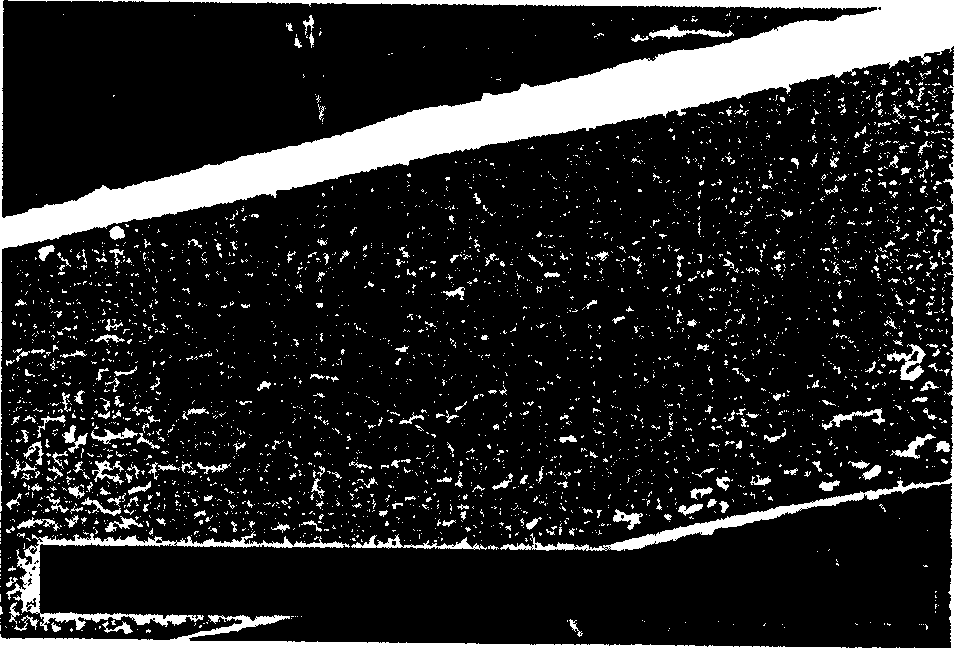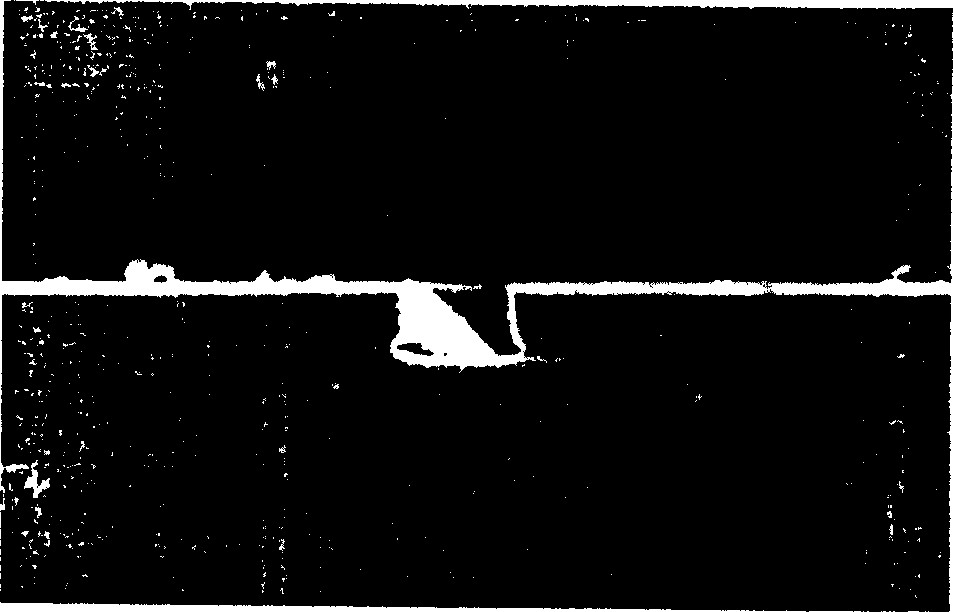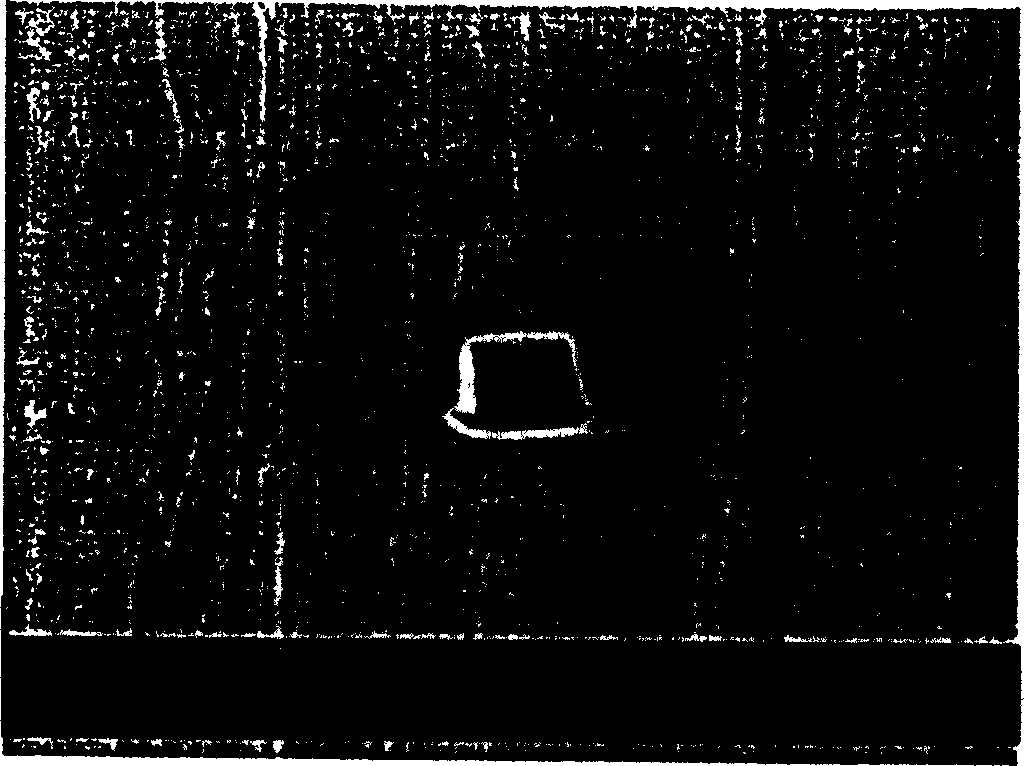Low vacuum bonding method of polydimethylsiloxane chip
A technology of polydimethylsiloxane and low vacuum, which is applied in the direction of material inspection products, instruments, and analytical materials. It can solve the problems of high chip temperature rise, chip performance impact, and difficulty in laboratory implementation, and achieve simple equipment. Effect
- Summary
- Abstract
- Description
- Claims
- Application Information
AI Technical Summary
Problems solved by technology
Method used
Image
Examples
Embodiment 1
[0027] Pour the silicone rubber material into the chip mold, and peel it off freshly after polymerization to obtain the PDMS chip assembly, put it into the vacuum chamber, and evacuate until the background vacuum of the chamber is 26.6Pa; rinse with oxygen repeatedly 3 times, discharge the residual gas, Turn off the oxygen flow, then evacuate (that is, the oxygen pressure) to 39.9Pa, and apply a high voltage of 1400V (current is 220mA) to make the oxygen in the chamber glow and bombard the surface of the PDMS chip with oxygen plasma for 40s; open the vent valve , Inflate the vacuum chamber to the equilibrium with the atmospheric pressure, then open the vacuum chamber, attach the chips, and keep warm at 100°C for 2 hours to achieve irreversible bonding.
[0028] After oxygen plasma treatment, the surface of the PDMS chip has a strong hydrophilicity, and its contact angle is close to 0°, but the hydrophilicity gradually deteriorates with time, and it almost returns to the untreat...
Embodiment 2
[0033]Pour the silicone rubber material into the chip mold, and freshly peel off after polymerization to obtain the PDMS chip component, put it into the vacuum chamber, and evacuate it until the background vacuum of the chamber is 19.95Pa; wash it twice with oxygen repeatedly, and discharge the residual gas. Turn off the oxygen flow, then evacuate (that is, the oxygen pressure) to 33.25Pa, and apply a high voltage of 2000V (current is 380mA), so that the oxygen in the cavity is glowed, and the oxygen plasma is bombarded on the surface of the PDMS chip for 5s; open the vent valve , Inflate the vacuum chamber to the equilibrium with the atmospheric pressure, then open the vacuum chamber, attach the chips, and keep warm at 120°C for 1.5h to achieve irreversible bonding.
[0034] After oxygen plasma treatment, the surface of the PDMS chip has a strong hydrophilicity, and its contact angle is close to 0°, but the hydrophilicity gradually deteriorates with time, and it almost returns...
Embodiment 3~10
[0036] Example
[0037] Experiments have shown that the hydrophilicity of PDMS chips treated with oxygen plasma has been greatly improved, and water droplets can spread rapidly on the PDMS surface (the contact angle is close to 0°).
PUM
 Login to View More
Login to View More Abstract
Description
Claims
Application Information
 Login to View More
Login to View More - R&D
- Intellectual Property
- Life Sciences
- Materials
- Tech Scout
- Unparalleled Data Quality
- Higher Quality Content
- 60% Fewer Hallucinations
Browse by: Latest US Patents, China's latest patents, Technical Efficacy Thesaurus, Application Domain, Technology Topic, Popular Technical Reports.
© 2025 PatSnap. All rights reserved.Legal|Privacy policy|Modern Slavery Act Transparency Statement|Sitemap|About US| Contact US: help@patsnap.com



